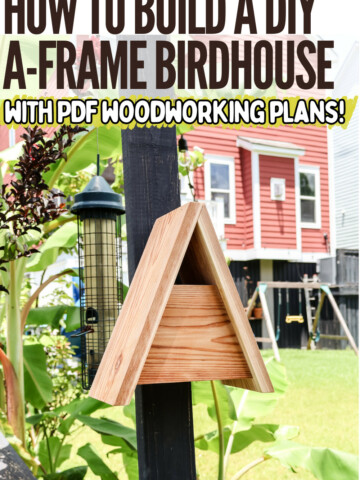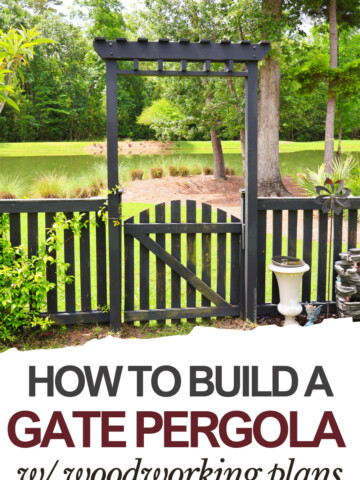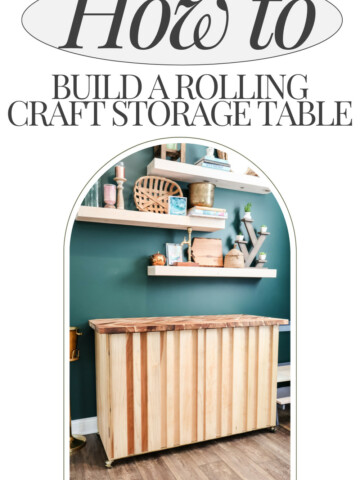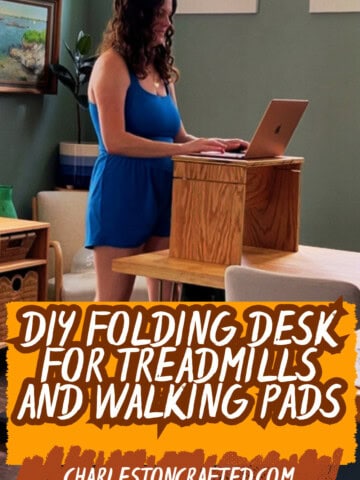Want to build your own outdoor furniture? Pick the right lumber! Here is the best wood for outdoor furniture and all of the considerations to keep in mind when selecting your boards.
Outdoor furniture can take your patio space to the next level. The perfect seating or table can define a space, make it functional, and also make it beautiful.
If you're going to go to all of the trouble and expense of building your own outdoor furniture, you want it to last as long as possible.
Reality is that the elements can be brutal and wood is susceptible to rot and decay over time. It's super important to pick the right wood for your build for the best possible long-lasting results.
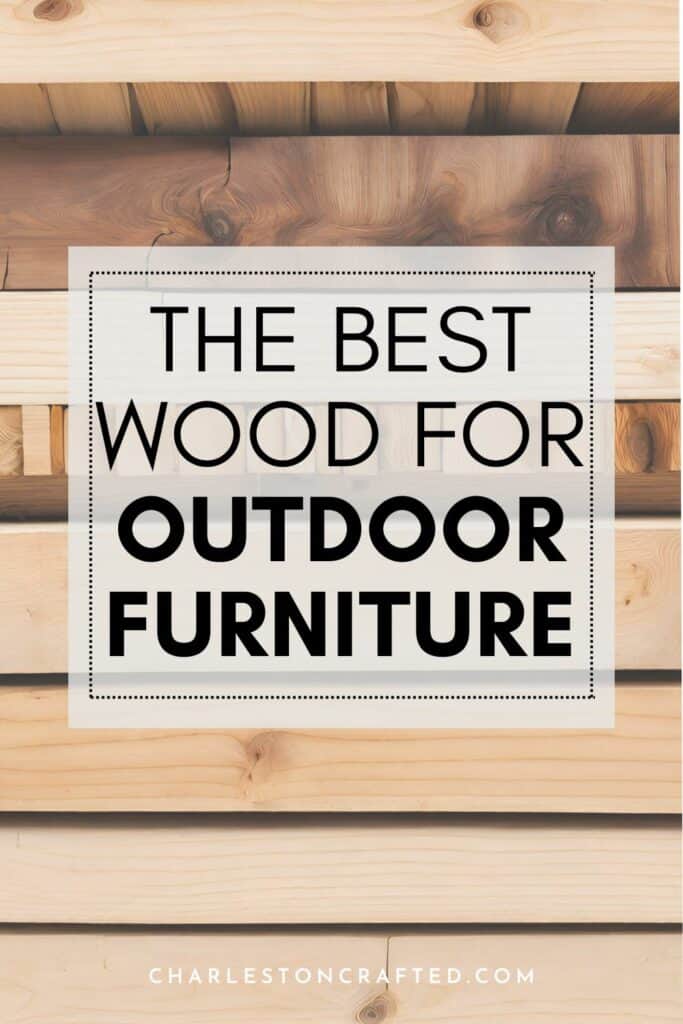
Factors to consider for outdoor wood projects
Furniture that is kept outdoors can take a beating from the elements. You want to consider that your wood might be effected by:
- UV light & UV rays
- Mold and mildew
- Moisture and rot
- High or low temparatures
These are all things that will break down the wood of your project. If you want your project to last as long as possible, then you need to be smart about the wood that you select for the build.
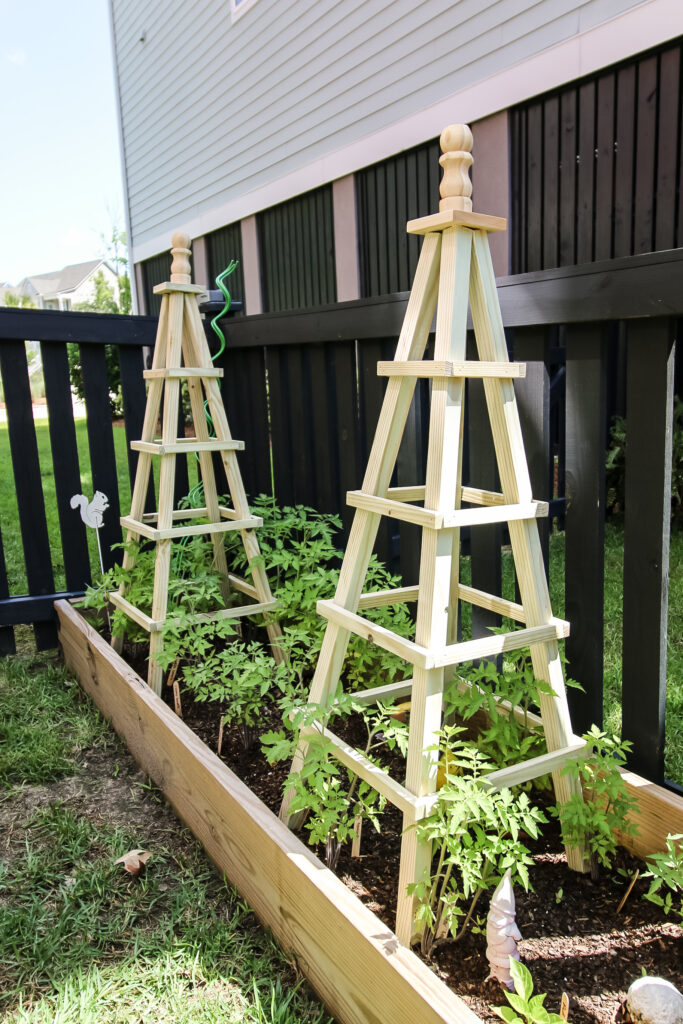
Using treated wood around food
If you are growing plants that you will go on to eat (herbs, veggies, fruit), then you want to consider this when selecting a wood type.
It is commonly accepted that chemicals in wood can leech into the soil and be absorbed into the roots of plants within them.
This is specific to treated lumber but can also be applied to certain sealants.
We personally do use treated wood in our gardens, but many people have commented that they would never do such a thing.
You need to assess your own personal comfort level when choosing wood for planters and plan accordingly.
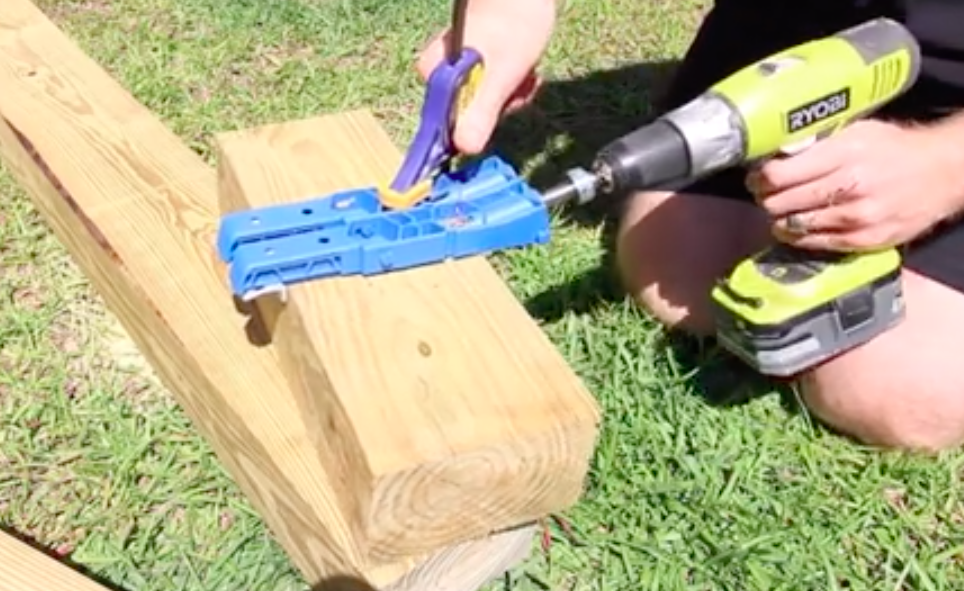
What is the best wood for outdoor projects?
If you want a wood that can go outside in the sun and rain without being ruined, you have three options: naturally water-resistant wood species, treated lumber, or non-treated lumber with an outdoor sealant treatment.
| Wood Type | Pros | Cons |
|---|---|---|
| Cedar | Naturally moisture repellent, beautiful grains, no chemicals | Expensive, can be hard to find, fades over time |
| Teak | Naturally moisture repellent, durable, beautiful coloration | Expensive, can be hard to find |
| Cypress | Naturally moisture repellent, rot-resistant, attractive finish | Can be expensive, might be difficult to source |
| Redwood | Naturally moisture repellent, resistant to shrinking, warping | Can be expensive and hard to find |
| Acacia | Durable, moisture resistant, visually appealing | Can be expensive, might require maintenance |
| Eucalyptus | Hardy, naturally insect repellent, eco-friendly | Requires regular maintenance to maintain appearance |
| Treated Lumber | Moisture resistant, affordable, widely available | Chemicals might leech, heavy and wet, needs drying time |
| Non-Treated Lumber with Sealant | Versatile, protected against elements with sealant | Needs annual reapplication of sealant, can still degrade |
Naturally water-resistant wood
The best type of wood to use outdoors is certain species of wood that are naturally moisture repellent. These wood types don't need a chemical treatment to last outdoors.
Note that even these woods won't last forever outside, especially in super wet conditions, and that they do tend to fade in color/gray over time.
Species of wood that can be used outdoors, untreated include:
- cedar
- teak
- cypress
- redwood
- acacia
- eucalyptus
One big drawback to these wood types is that they can be pretty expensive and difficult to find. They often have to be purchased at specialty lumberyards.

We have had good luck finding cedar at Home Depot/Lowes, and occasionally have found cypress. Check out cedar fence posts - which can be roughly cut but a super inexpensive source.
But, a benefit is that they have naturally beautiful coloration and grains. They are gorgeous woods!
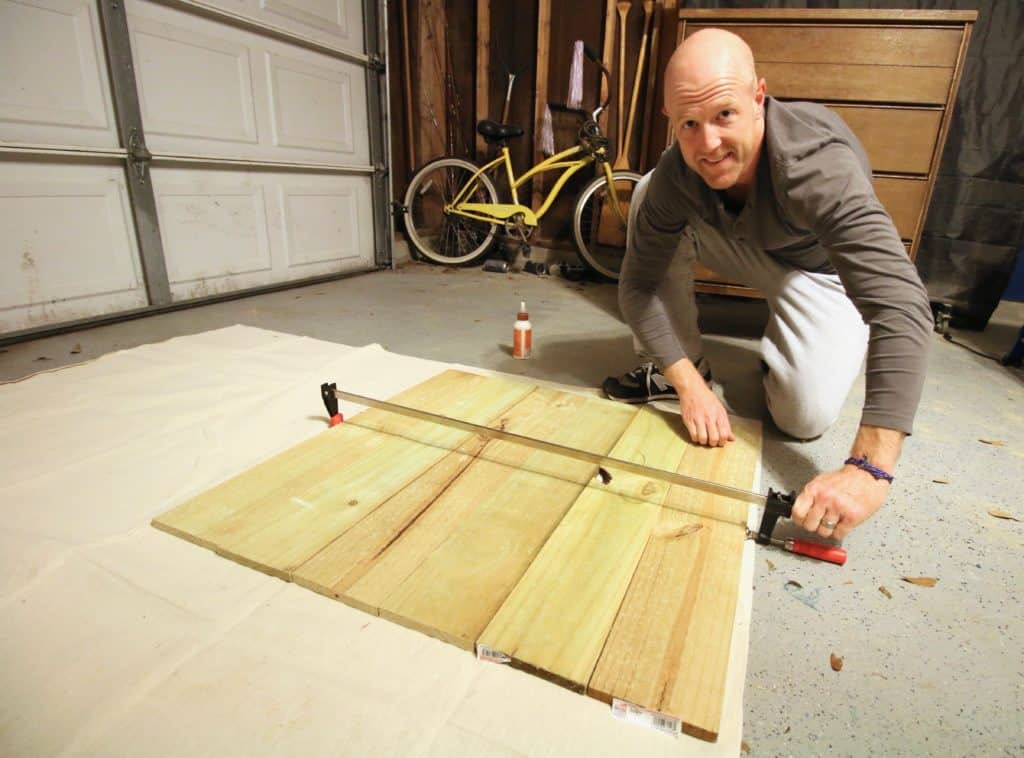
Treated lumber
Treated lumber is typically construction-grade lumber that has been treated with chemicals to make it moisture-resistant.
This wood is typically super heavy in weight and wet when you purchase it. Wet wood can shrink and contract as it dries, so you will want to allow time for it to dry out before building with it.
Treated lumber is great because it is readily available at most any store that sells lumber and is relatively affordable.
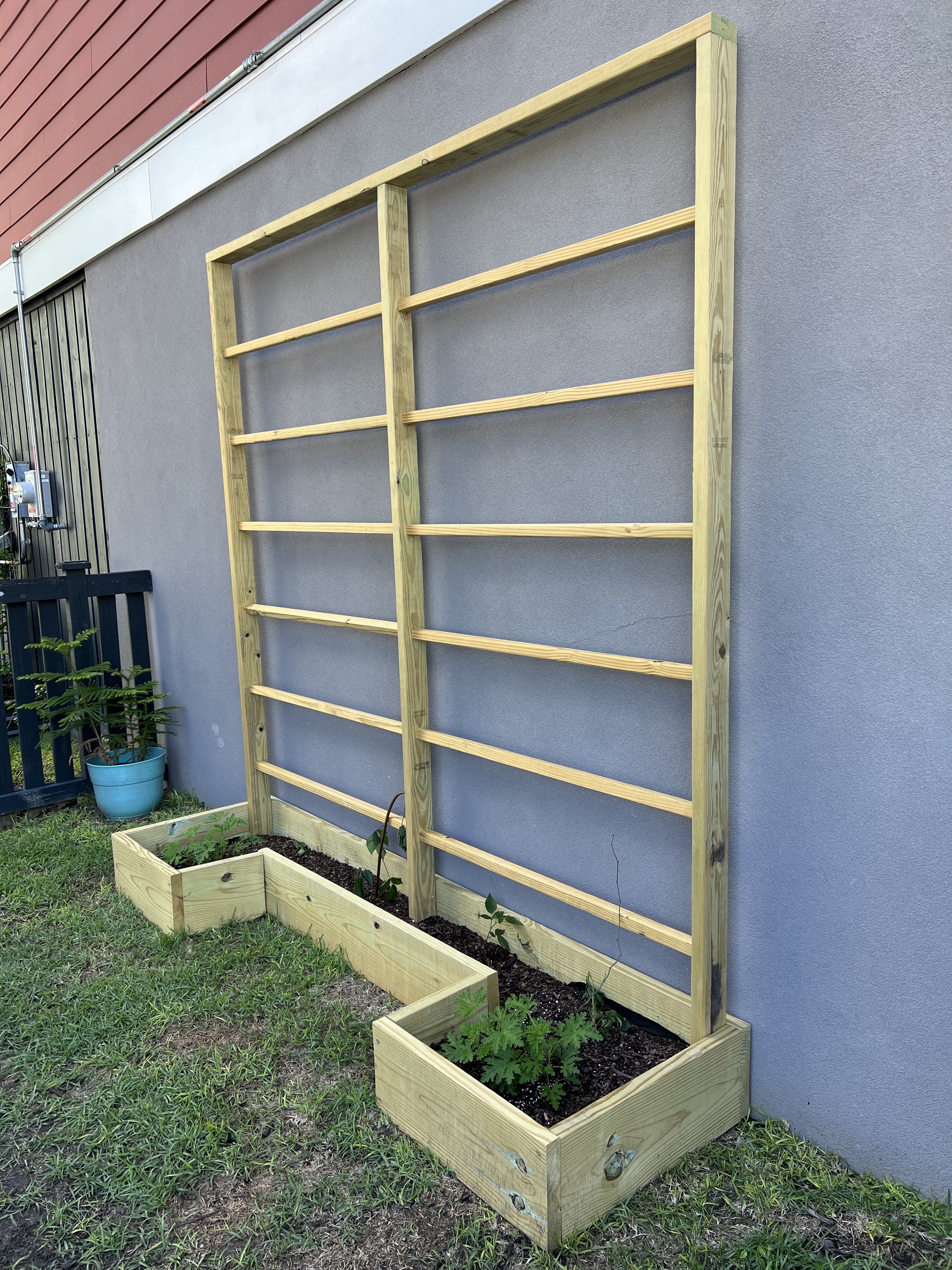
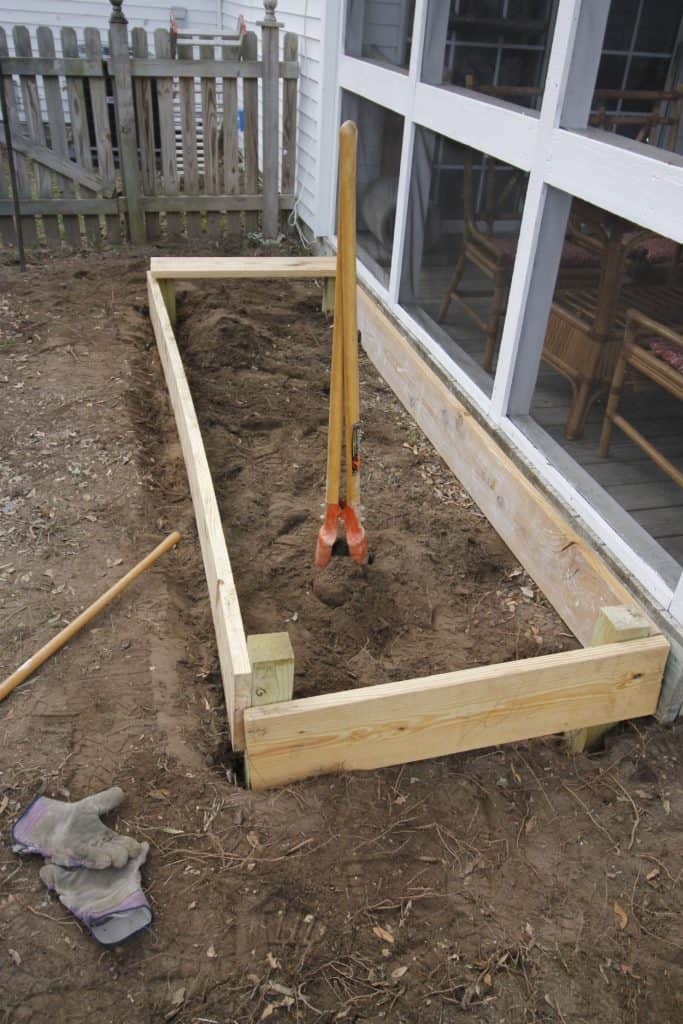
Non-treated lumber with an outdoor sealant applied
Of course, you can use any type of wood outdoors when you treat it with an outdoor sealant. We have a complete guide on how to seal wood for outdoor use that can help get you started.
Good quality exterior sealants protect wood furniture from:
- UV light & UV rays
- Mold and mildew
- Moisture and rot
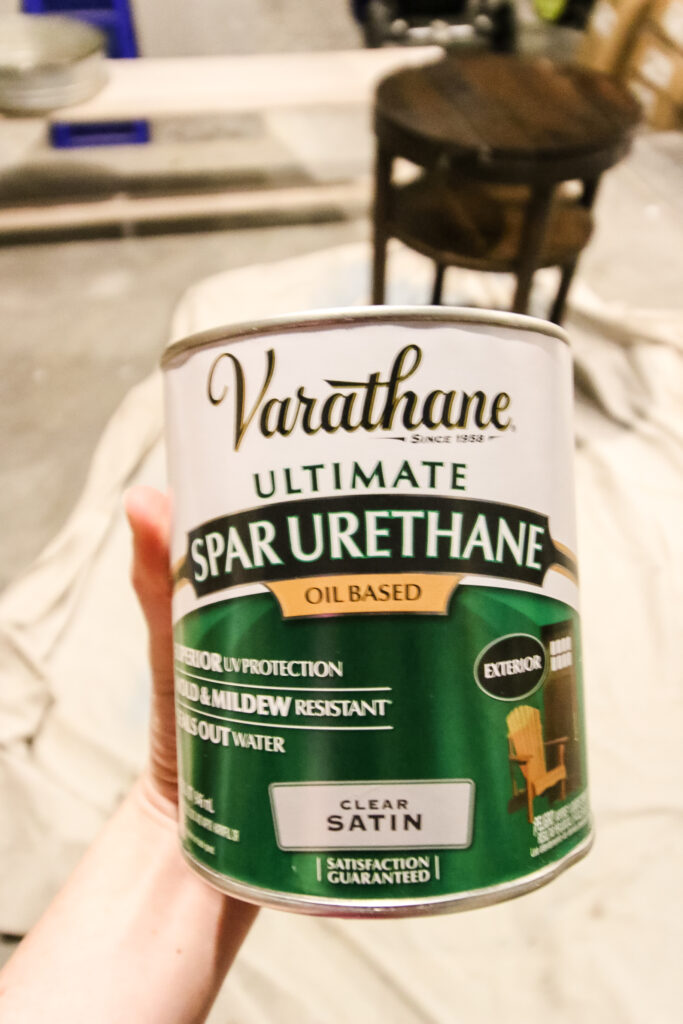
Our favorite outdoor sealants are:
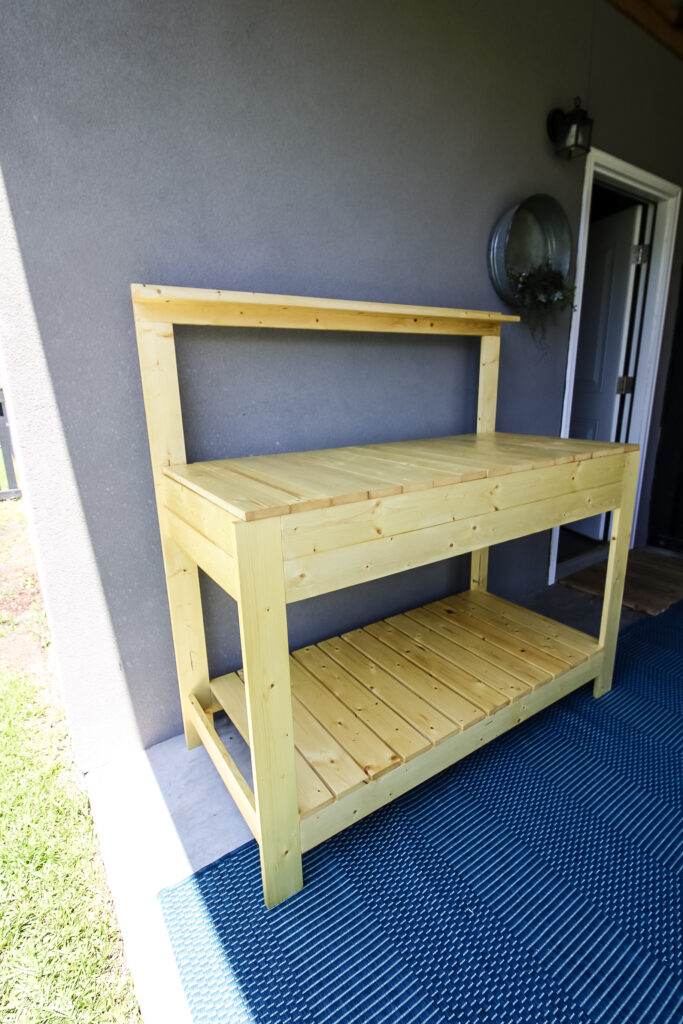
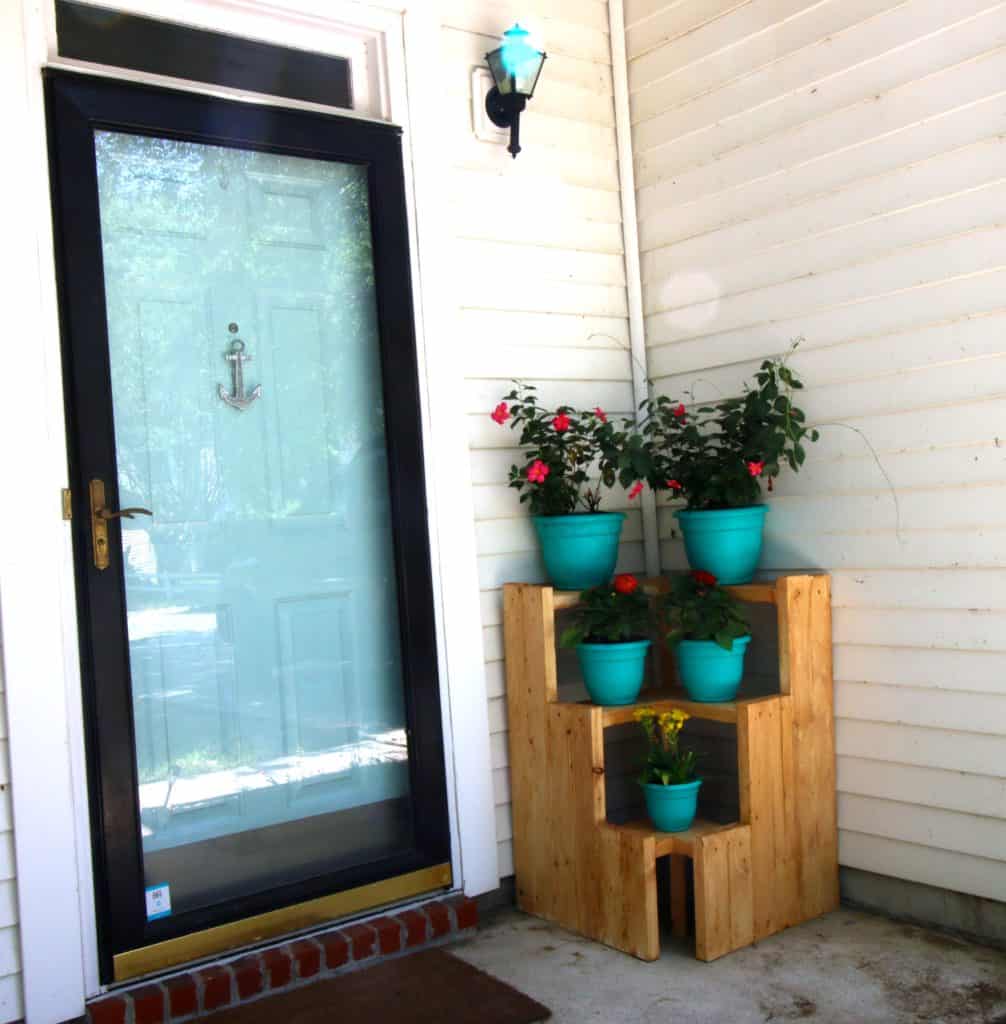
Be sure to pay attention to the sheen of the sealant – most come in gloss, semi gloss, and satin. I haven’t seen anything more matte than satin.
Remember - you will need to reapply sealant annually, and the wood will still break down over time, sealant just slows the process.
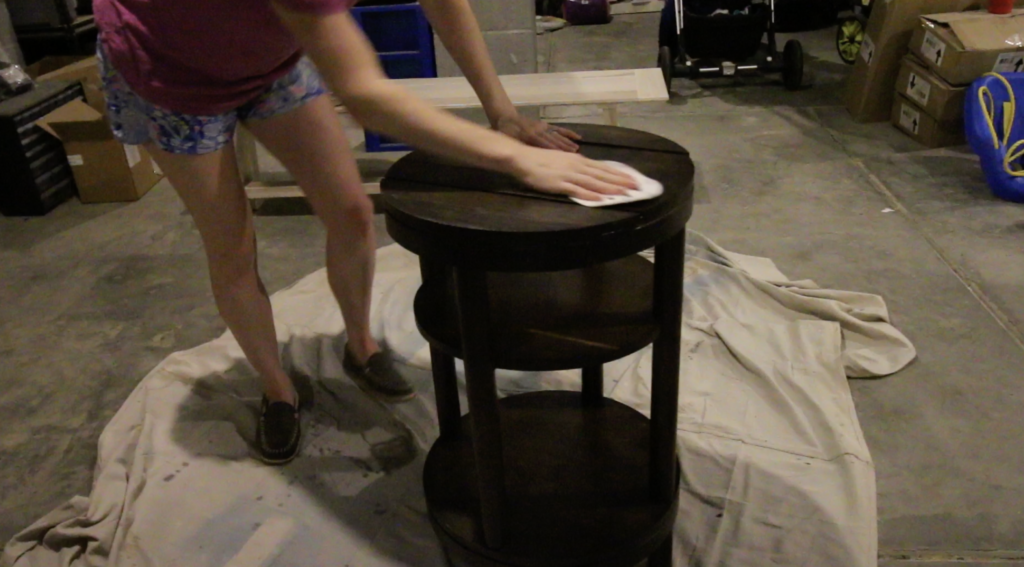
Whatever wood you choose for your outdoor project, just taking the time to research and plan shows that you will end up with a thoughtful, well built design!
Looking for something?
We've been doing this since 2012 so we have a LOT of blog posts!
Search stuff like: Ceiling Projects | DIY Plant Stands | Thrift Flips


Hello, I'm Morgan, half of the creative force behind CharlestonCrafted.com! With a passion for DIY that dates back to 2012, I've transformed three homes and now I'm dedicated to helping others craft their dream spaces. Let's turn your house into a home together!


